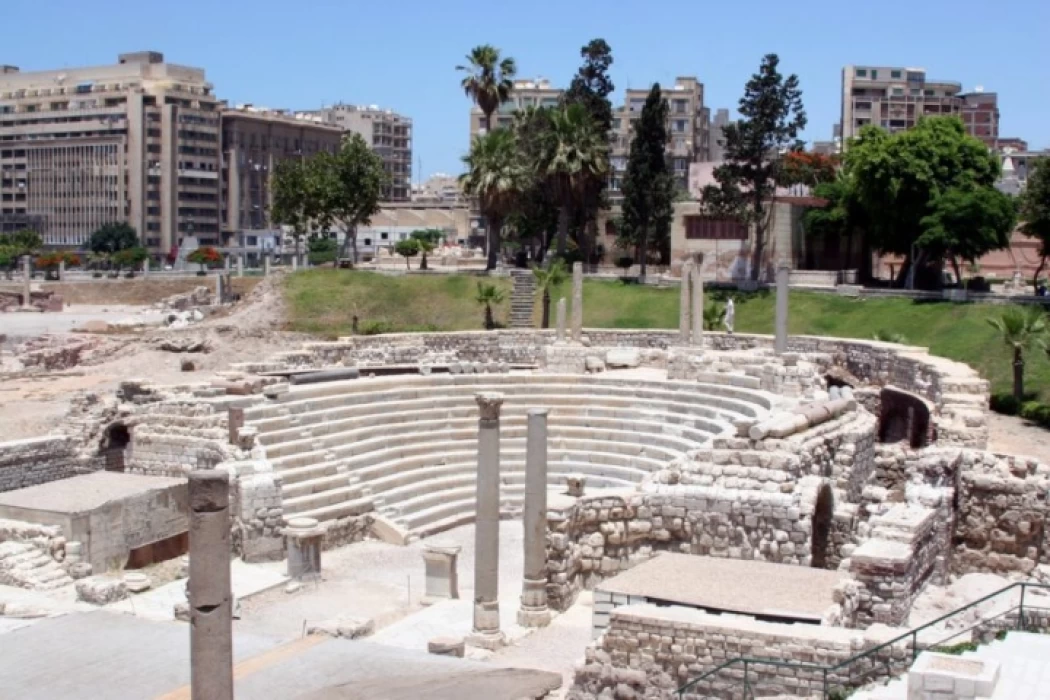
Kom Al Dikka
The Greco-Roman era in Egypt remained about 1,000 years and left a lot of Roman traces, especially in Alexandria, because it was the capital of Egypt at the time, and there is The Graeco-Roman Museum in Alexandria You can visit it through Cairo top tours
Very few Roman antiquities located in Egypt have survived to the present day. Therefore, the discovery of an intact Roman village in the area of Kom Al-Dikka is an event of relevance that adds value and charm to the already consecrated set of temples, ruins, and archaeological sites present in the country. Another way to enter and learn about the ancient world.
Located in Alexandria, the recently discovered village of Kom Al-Dikka seems to have been built during the reign of Hadrian, between 117 and 138 BC, when the city was going through a phase of great prosperity. It is believed to have been in ancient times a Roman quarter where the wealthy class of the city resided. This is evidenced by the Roman baths found, which at some point provided cold and warm waters of the illustrious.
An important part of this site is the Roman Amphitheater, which in the Ptolemaic Era was the Park of Pan. The Romans built a theater there and roofed part of it to use it as an odeon for musical performances. It has galleries, sections with mosaic floors, and marble seats for 800 spectators. Different materials for its construction were imported from different places: white marble from Europe, green marble for the columns from Asia Minor, and red granite from Aswan.
Kom Al-Dikka was given the name Bird Town because of the discovery of a Roman house whose dining room was decorated with a carpet of mosaics illustrating many birds eating or standing on branches. Mosaic ornamentation is an ancient tradition in Egypt. Alexandrian workshops produced such delicate mosaics that they exported them to other parts of the Roman world, including Greece. During the excavations, more houses, streets, and stores were unveiled.














